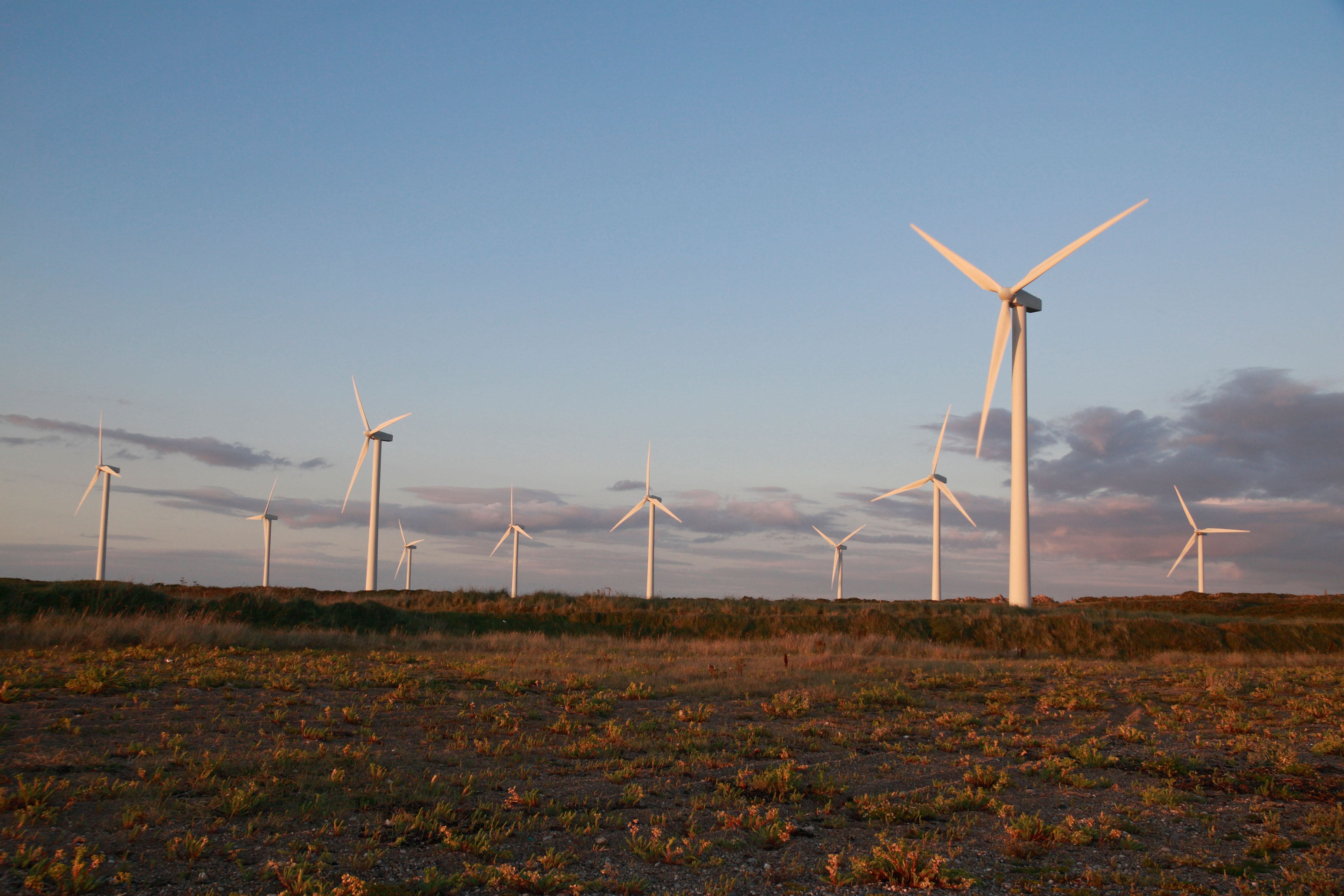As outlined in Ireland’s 4th National Biodiversity Plan, Ireland’s ‘biodiversity is in trouble across a range of species and habitats’ with 85% of our EU protected habitats in unfavourable status and almost half (46%) demonstrating ongoing declines.
The 300 or so onshore wind farms dotted around Ireland today are located in many different types of habitats – from agricultural land, to bogland, coastal areas or forests. What if we could unlock the potential of this rich biodiversity to take even more carbon from the atmosphere, improve the resilience of ecosystems to climate change, and enhance the many ways that nature supports our lives?
That is why ESB has partnered with Nature+Energy, a collaborative initiative to explore how land management at onshore wind farms can strengthen habitat quality, biodiversity and connectivity between people and nature.
Our Carnsore wind farm project
Now in its third year, the project brings together leading Irish universities and energy companies, with our Carnsore Wind Farm in Co Wexford one of nine participating sites. Spanning 200 acres in the most south-easterly corner of Ireland, Carnsore is home to 14 turbines powering around 7,600 households a year. The land is mostly agricultural but with pockets of wet grassland, scrub and reed beds. Recognised as extremely rich in biodiversity, the region includes special marine areas of conservation and protected areas for birdlife.
Nature+Energy is developing new ways of monitoring the nature on site, to identify both existing habitats and the potential to create space for greater biodiversity. One system under development records bird calls and songs, and uses AI to analyse this data, identify the species present around the wind farm, and transmit this information to the operator. This can raise the alert if a high-risk species is present near a turbine. Another innovation being field-tested is a radar-based sensor that can classify small flying insects based on how often they beat their wings, providing valuable insights into species that are hard to detect on the ground.
Crucially, the project seeks to measure the value of the benefits delivered by the wind farm ecosystems to the local community – looking at ‘ecosystem services’ such as pollination, water filtration, or the mental health benefits of spending time in nature. This will give operators like ESB a new way to evaluate biodiversity on the sites and prioritise actions to strengthen these natural resources.

A net positive approach
The initiative is a prime example of the regenerative or ‘net positive’ approach underpinning ESB’s Sustainability Leadership Plan: the objective is not just to minimise harms, but to actively enhance nature at the sites where the company operates.
“While working towards ESB’s goal of achieving net zero emissions by 2040, we are also conscious of how the future energy system may affect biodiversity and the communities where we operate,” explains Frank Kelly, Wind Operations Stakeholder Manager at our Generation and Trading business unit. “We are stepping up by challenging ourselves to ensure our activities make a positive social and environmental impact.”
The local community in Carnsore has been an integral partner in the project since day one. A key output will be the Nature+ Biodiversity Park, a place for people to enjoy nature at the wind farm and learn about the value of local biodiversity. This will be developed in a co-design process involving Wexford County Council, local walking groups, and schools, and will include walking trails and educational resources around people’s connection to nature.
Ultimately the work done by Nature+Energy can provide a template for our other wind farms and similar sites. This will support the company’s Sustainability Leadership Plan goal of being ‘nature positive’ by 2030, which includes the requirement for all new onshore sites to be developed for biodiversity net gain. Moreover, data gathered by the project will feed into an evidence-based Biodiversity Action Plan for the wind sector as a whole, helping both operational and planned wind farms across the country to better account for and protect the biodiversity at their sites.
Read ESB’s Sustainability Leadership Plan here, and find out more about ongoing work on our Sustainability Hub.
